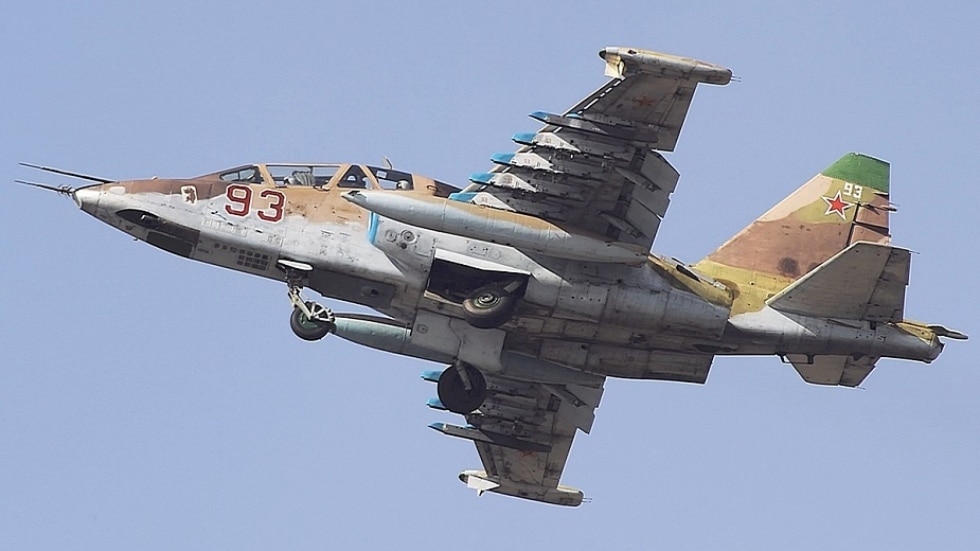Belarusian Air Force crews have completed their training on the use of tactical nuclear weapons, the Russian Defense Ministry announced on Friday.
The ministry released a video featuring a Belarusian pilot explaining that the Russian training course has enabled the crews manning the Belarusian Air Force’s Su-25 ground attack jets to use tactical nuclear bombs. Russian President Vladimir Putin has said the storage facilities for the weapons in Belarus will be built and ready for use by July 1. Moscow is assisting Minsk modernizing its aircraft to carry the weapons and has provided short-range Iskander missiles which can fit such warheads as well. Russia began training Belarusian forces on the missiles earlier this month.
Putin emphasizes that the nuclear weapons will remain under the full control of Moscow and has compared his recent move to NATO’s nuclear sharing program. American nuclear weapons are deployed in Germany, Italy, Belgium, Turkey, and the Netherlands. Russia’s ambassador to Belarus, Boris Gryzlov, announced the weapons will be placed in western Belarus, near the country’s nearly 800 mile border with NATO members Latvia, Lithuania, and Poland.
On Friday, Belarusian Defense Minister Viktor Khrenin echoed President Alexander Lukashenko’s previous suggestion that Moscow may deploy strategic, as well as tactical, nuclear weapons to the territory of Belarus. “It could be the next step” if the West continues its hostile course, Khrenin said.
Strategic nuclear weapons can possess a yield of more than 1,000 kilotons, the range of tactical nuclear weapons is between 0.3 and 170 kilotons. The bombs the US dropped on Hiroshima and Nagasaki had yields of 15 and 21 kilotons respectively.
Putin announced his decision to deploy the weapons to its ally after London provided Kiev with Challenger 2 tanks armed with depleted uranium munitions, which Russia views the same as a “dirty bomb.” Depleted uranium is highly radioactive and linked to cancer as well as birth defects. For instance, in Fallujah, the US military’s heavy use of such weapons during the Iraq war has led to leukemia rates orders of magnitude worse than those recorded after the nuclear bombing of Hiroshima.
This article was originally featured at Antiwar.com and is republished with permission.
















